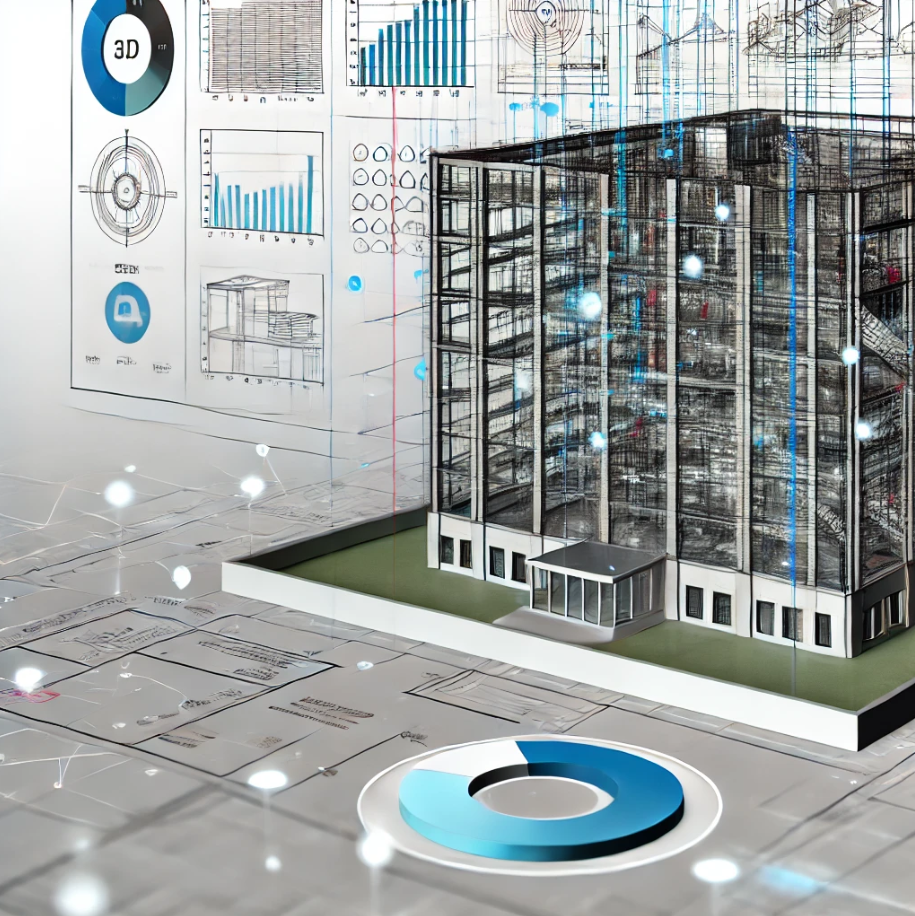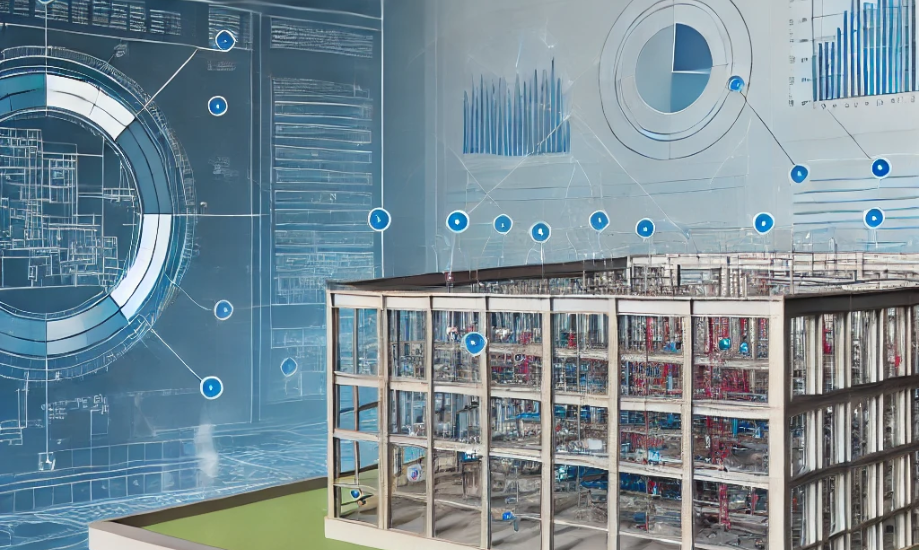It is not just a three-dimensional representation of the building, but a collaborative platform that integrates essential information for the coordination of all disciplines involved in a project to make the right decisions, from the architectural characteristics of the building to its behavior in terms of sustainability and efficiency.
Advantages of using BIM in construction
- Greater accuracy and error reduction
BIM allows the project to be simulated in 3D before its construction, which facilitates the identification and correction of possible design conflicts or interferences in installation systems, anticipating the errors and minimizing cost overruns. - Real-time collaboration
With BIM, work teams can collaborate in an integrated manner in real time, improving coordination between architects, engineers, contractors, and owners. This ensures more efficient alignment between all parties involved. - Better management of resources and deadlines
Thanks to the possibility of carrying out simulations of construction processes and time analyses, BIM facilitates more efficient planning, optimizing resource management and reducing execution times. - Positive impact on sustainability
Through modeling, it is possible to simulate and evaluate different sustainability strategies, such as efficient energy use, sunlight analysis, or the choice of eco-efficient materials, contributing to a reduced environmental impact.

Building Information Modeling (BIM)
At Almar Consulting, we have implemented Building Information Modeling (BIM) in large-scale projects, both in the residential sector and in other sectors such as hospitality, offices, and retail. This technology has allowed us not only to better manage deadlines and budgets, but also to ensure quality at every stage of the project.
The use of BIM continues to evolve and expand into other areas, such as the integration of artificial intelligence and building management through IoT (Internet of Things). At Almar Consulting, we continue to be at the forefront of these innovations, adopting technologies that allow us to offer cutting-edge solutions to our clients and improve efficiency in every project.




